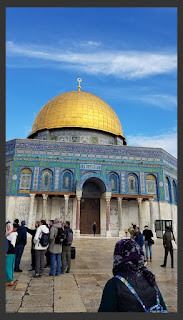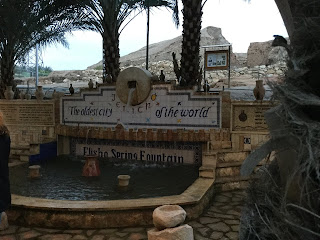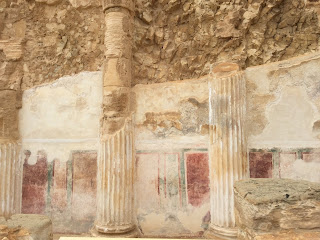The last day of 2018, Day of Wonder

I speak for many in the group when I say that today has to be one of the most memorable days in our lives, just as true for the young students as for a 50-something like me. In one day we experienced the two most sacred places in Judaism and Christianity, and the third most sacred place in Islam. And we got to see things that very few non-Muslims ever get to see. Last night we had been informed that our appointment with an official guide from the Waqf (the Muslim authority for the Temple Mount in Jerusalem) had been cancelled. Then this morning it was back on, but none of us knew quite what to expect. We were struck with amazement when he said he was taking us inside the Dome of the Rock and the Al-Aqsa Mosque. For the last 18 years non-Muslims have been barred from entering these places, and until today I thought there were no exceptions. I can safely say that the interior of the 7th century Dome of the Rock is the most beautiful, dazzling interior of any buildi...





